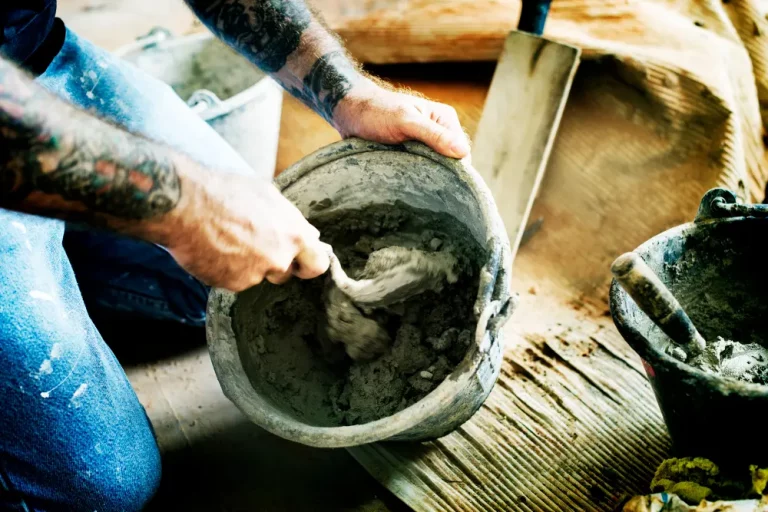Ultimate Mortar Mixing Guide: Pro Tips for Masonry Success

Mortar stands as a cornerstone in masonry construction, its proper amalgamation requiring skill honed through experience. We rely on precise mortar mixes to uphold the strength and aesthetics of structures, whether it’s for garden paving or brick walls. This guide delves into the intricacies of mortar mixing, offering insights for achieving optimal workability, bond strength, and color consistency.
Understanding the basics, from lime putty to cement ingredients, lays the foundation for perfecting mortar mixing. Each component plays a crucial role in the mixing process, with weather conditions and curing times influencing outcomes significantly.
Distinguishing Mortar, Concrete, and Cement
While sharing common ingredients, each serves distinct purposes in masonry construction:
Mortar: Comprising cement, lime, sand, and water, mortar serves as a binding agent for bricks, blocks, and stones, offering flexibility of movement.
Concrete: With ingredients including cement, sand, aggregate rock, and water, concrete boasts high compressive strength, ideal for reinforced slabs, walls, and foundations.
Cement: As the binding agent in both mortar and concrete, cement, a fine powder, acts as glue when mixed with other materials and water, commonly used for attaching tiles to floors and plasterboard.
Varieties of Mortar Mixes
Achieving compressive strength, flexibility, and water resistance requires the right mortar mix for the job:
Type N: Suited for natural stone and outdoor applications, Type N offers moderate compressive strength with higher lime mortar content.
Type S: Providing high compressive strength, Type S is ideal for structural load-bearing elements and projects requiring durability against soil pressure.
Type M: Offering a balance of compressive strength and flexibility, Type M is commonly used for laying brick, block, and stone in both exterior and interior load-bearing walls.
Type O: With lower compressive strength and higher lime content, Type O is suitable for softer, more porous masonry materials, primarily for non-load-bearing interior applications.
Hand Mixing vs Machine Mixing
Both methods have their pros and cons to consider:
Hand Mixing
Advantages: Lower cost, useful for small batches, easier to gauge water amounts.
Disadvantages: Labor-intensive, inconsistent mixes, impractical for large projects.
Machine Mixing
Advantages: Fast mixing, consistent batches, manageable for large volumes, less physically demanding.
Disadvantages: High equipment cost, risk of overmixing, may require additional water.
Top Tips for Mortar Mixing
Achieving maximum strength requires attention to detail:
Type N
- Use fresh mortar within 2 ½ hours of mixing to prevent stiffness.
- Avoid retempering colored mortar to maintain vibrancy.
Type S
- Utilize coarse, angular sand for better compressive strength.
- Limit retempering to avoid decreased strength.
Type M
- Maintain a consistent mix for uniform color and workability.
- Properly cure in moist conditions for 7 days for full strength.
Type O
- Use lime putty for better workability and plasticity.
- Allow for a slow 28-day cure to achieve moderate strength.
Considerations for Mortar Plasticisers
While offering benefits like improved workability and water retention, plasticisers require careful measuring to avoid over-plasticising mixes, particularly in low temperatures.
This comprehensive guide equips masonry contractors with the knowledge and techniques needed to master mortar mixing, ensuring the creation of enduring structures built to last.
For top quality masonry work in Crawley, Horsham, Reigate, and the surrounding regions, get in touch with our experienced team of builders and contractors on 07801 980557 or 01293 223001.